
Enchanting Kaghan Valley: A Gem of Nature
Discover the pristine beauty and cultural richness of Kaghan Valley, Pakistan's hidden gem nestled in the Himalayas, perfect for nature lovers and adventure enthusiasts.
Nestled in the mighty Himalayas, Kaghan Valley is a breathtaking destination in Pakistan renowned for its lush landscapes, crystal-clear lakes, and majestic mountains. The valley stretches over 160 kilometers, offering a serene escape into nature's lap, away from the hustle and bustle of city life. It is a paradise for adventure seekers, nature lovers, and those looking to unwind amidst stunning scenery. One of the valley's prime attractions is Lake Saif-ul-Malook, a shimmering body of water surrounded by snow-capped peaks and folklore. Visitors can take a boat ride, enjoy a picnic by the lakeside, or simply soak in the tranquil beauty. The valley is also home to numerous rivers and streams, making it an ideal spot for fishing and camping. Kaghan Valley is not just about natural beauty; it also offers a rich cultural experience. The local people are known for their hospitality and traditional lifestyle. Tourists can explore local markets, sample delicious Pakistani cuisine, and learn about the area's history and folklore. The valley's accessibility through the Karakoram Highway makes it a popular destination, yet it remains unspoiled and pristine.
Local tips in Kaghan Valley
- Best time to visit is from May to September when the weather is pleasant and roads are open.
- Carry warm clothing even in summer as temperatures can drop significantly at night.
- Consider hiring a local guide to explore hidden gems and to learn more about the local culture and history.
- Pack some essential supplies as there are limited facilities in remote areas of the valley.
- Respect local customs and traditions, especially when visiting villages and interacting with locals.
- Ensure your vehicle is well-maintained and fuelled up as petrol stations are sparse.
Enchanting Kaghan Valley: A Gem of Nature
Nestled in the mighty Himalayas, Kaghan Valley is a breathtaking destination in Pakistan renowned for its lush landscapes, crystal-clear lakes, and majestic mountains. The valley stretches over 160 kilometers, offering a serene escape into nature's lap, away from the hustle and bustle of city life. It is a paradise for adventure seekers, nature lovers, and those looking to unwind amidst stunning scenery. One of the valley's prime attractions is Lake Saif-ul-Malook, a shimmering body of water surrounded by snow-capped peaks and folklore. Visitors can take a boat ride, enjoy a picnic by the lakeside, or simply soak in the tranquil beauty. The valley is also home to numerous rivers and streams, making it an ideal spot for fishing and camping. Kaghan Valley is not just about natural beauty; it also offers a rich cultural experience. The local people are known for their hospitality and traditional lifestyle. Tourists can explore local markets, sample delicious Pakistani cuisine, and learn about the area's history and folklore. The valley's accessibility through the Karakoram Highway makes it a popular destination, yet it remains unspoiled and pristine.
When is the best time to go to Kaghan Valley?
Iconic landmarks you can’t miss
Kiwai Waterfall
Discover the breathtaking beauty of Kiwai Waterfall in Khyber Pakhtunkhwa, a must-visit natural wonder for every traveler seeking tranquility and adventure.
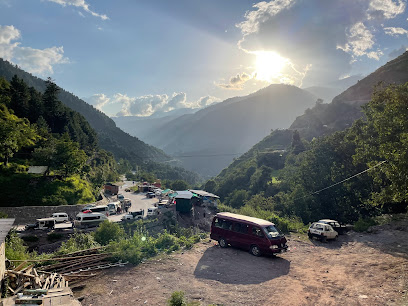
Lulusar-Dudipatsar National Park
Explore the breathtaking landscapes and diverse wildlife of Lulusar-Dudipatsar National Park, a true natural wonder in Khyber Pakhtunkhwa, Pakistan.
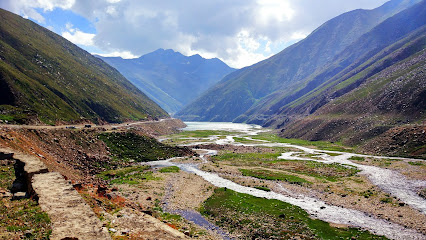
Neelam Valley
Explore the breathtaking landscapes and serene beauty of Neelam Valley, a hidden gem in Pakistan that promises unforgettable adventures.
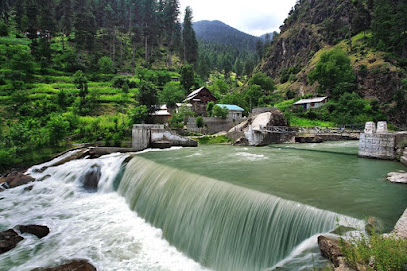
Naran Valley
Discover the breathtaking beauty of Naran Valley, a natural paradise in Pakistan, with stunning landscapes and thrilling outdoor adventures.

Bridge of Jheel Saif Ul Malook
Discover the enchanting Bridge of Jheel Saif Ul Malook, a serene paradise in Naran, Pakistan, perfect for nature lovers and adventure seekers alike.
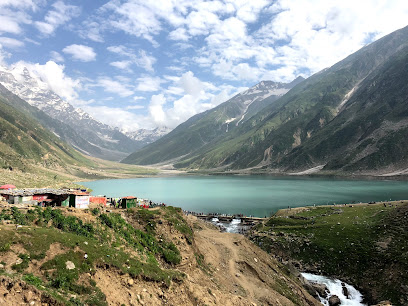
Babusar Pass
Discover the stunning beauty of Babusar Pass, a breathtaking mountain pass in Pakistan, perfect for adventure seekers and nature lovers.
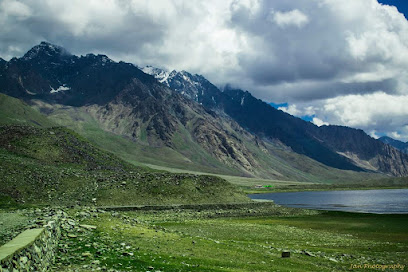
Mukshpuri Peak
Discover the breathtaking beauty of Mukshpuri Peak, a must-visit destination in Abbottabad, Khyber Pakhtunkhwa, perfect for hiking and nature exploration.
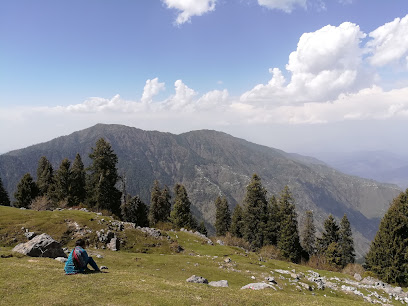
Mukeshpuri
Explore Mukeshpuri, a breathtaking mountain peak in Abbottabad, Pakistan, offering stunning views and invigorating hiking experiences amidst nature's beauty.
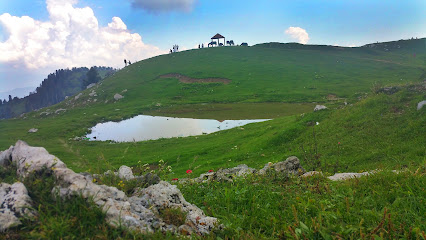
Kiwai Village
Experience the breathtaking beauty and cultural richness of Kiwai Village in the stunning Kaghan Valley, a hidden gem in Pakistan.
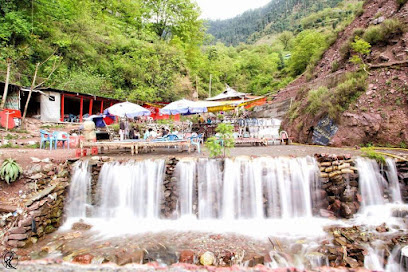
Lalazar
Discover the breathtaking beauty of Lalazar, a top hiking destination in Khyber Pakhtunkhwa, Pakistan, perfect for nature lovers and adventure seekers.
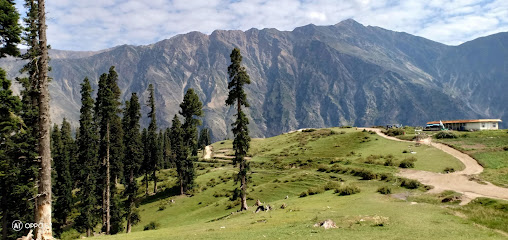
Siri Paye
Discover the serene beauty of Siri Paye, a hidden gem in Khyber Pakhtunkhwa, Pakistan, where nature meets adventure in stunning landscapes.
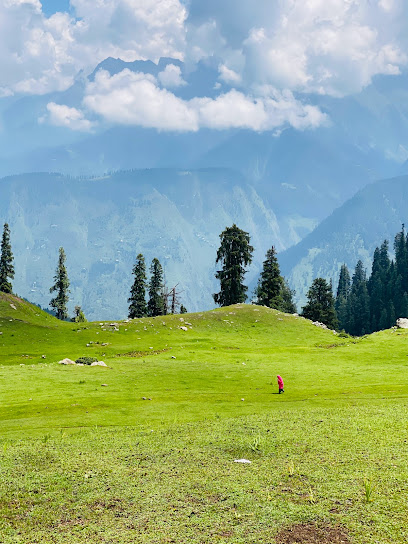
Sprucewoods Luxury Resort
Discover the tranquil beauty of Sprucewoods Luxury Resort in Shogran Kaghan Valley, offering fine dining and luxurious accommodations with stunning mountain views.

Miranjani
Experience the breathtaking beauty of Miranjani Peak, a spectacular hiking destination in Khyber Pakhtunkhwa, Pakistan, renowned for its panoramic views.
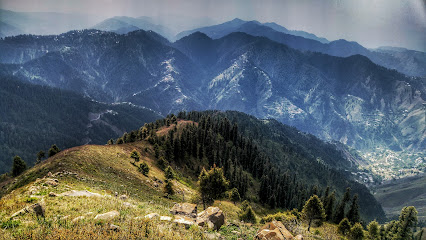
Siri Pae (Meadow)
Discover the tranquility of Siri Pae, a stunning mountain peak in Mansehra, Khyber Pakhtunkhwa, perfect for adventure and relaxation in nature's embrace.
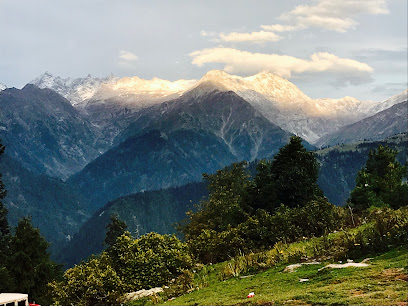
Paya Meadows
Experience the awe-inspiring beauty of Paya Meadows, a high-altitude paradise in Khyber Pakhtunkhwa, ideal for nature lovers and adventure seekers.

Unmissable attractions to see
Kiwai Waterfall
Discover the enchanting Kiwai Waterfall in Khyber Pakhtunkhwa, Pakistan – a breathtaking natural wonder surrounded by lush landscapes and adventure.
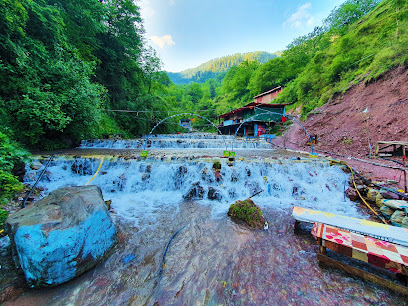
Kiwai Village
Explore the serene beauty and rich culture of Kiwai Village in Kaghan Valley, a hidden gem for nature lovers and adventure seekers in Pakistan.
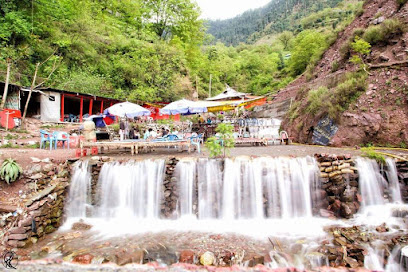
Lalazar
Experience the breathtaking beauty and hiking adventures at Lalazar, a hidden gem in Khyber Pakhtunkhwa, Pakistan.
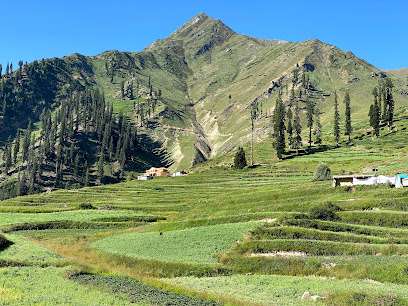
Siri Paye
Discover the serene beauty of Siri Paye, a high-altitude meadow in Khyber Pakhtunkhwa, perfect for nature lovers and adventure seekers.

Lughmani Hill View Point
Explore Lughmani Hill View Point, a stunning tourist attraction in Mansehra, offering breathtaking views and a serene atmosphere for all nature lovers.
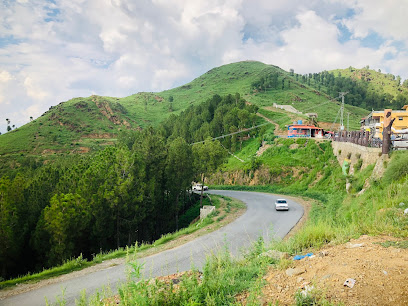
Siri Lake
Discover the tranquil beauty of Siri Lake in Khyber Pakhtunkhwa, a perfect getaway for nature lovers and adventure seekers.

Global Family Park
Explore Global Family Park in Mansehra, a vibrant family-friendly destination filled with rides, lush landscapes, and unforgettable memories.
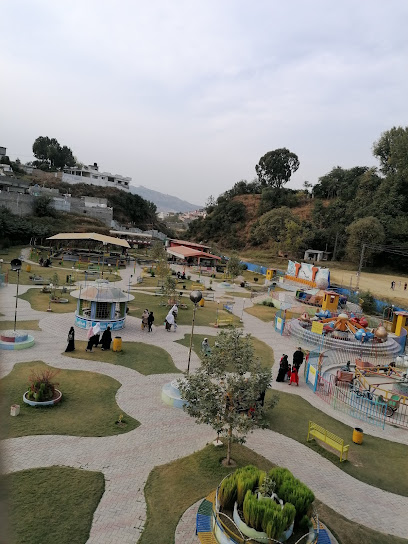
Paya Meadows
Explore the enchanting Paya Meadows in Mansehra, Pakistan - a serene paradise for nature lovers and adventure seekers alike.
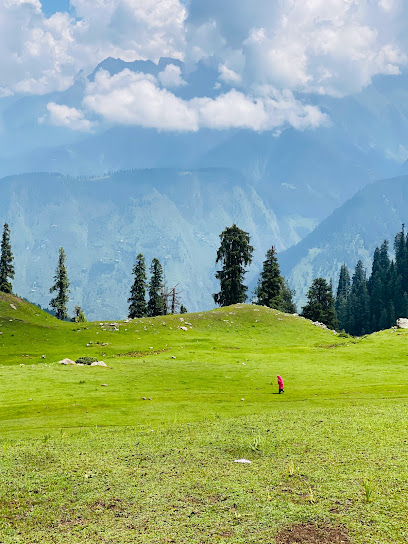
Shogran
Experience the breathtaking beauty of Shogran Valley, a serene escape in Khyber Pakhtunkhwa, Pakistan, perfect for nature lovers and adventure seekers.
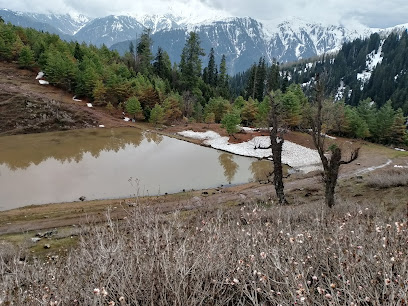
Siran Lake
Discover the tranquility of Siran Lake, a hidden gem in Khyber Pakhtunkhwa, where nature's beauty awaits your exploration.
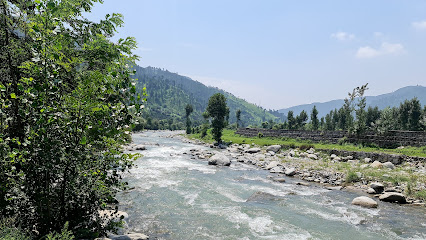
Sharan Forest Resort
Explore the enchanting Sharan Forest Resort in Khyber Pakhtunkhwa, offering breathtaking nature, cozy accommodations, and exquisite local cuisine.
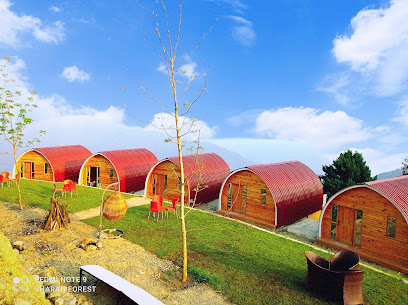
Chattar Top
Discover the stunning views and serene beauty of Chattar Top, a gem in Khyber Pakhtunkhwa perfect for nature lovers and adventure seekers alike.
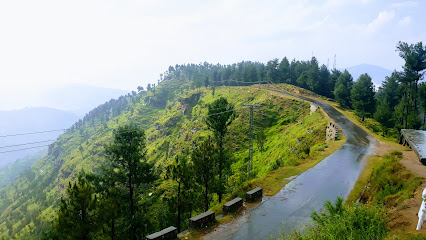
Sharan Forest
Explore the serene beauty of Sharan Forest in Khyber Pakhtunkhwa, Pakistan, where nature meets tranquility in an unforgettable experience.
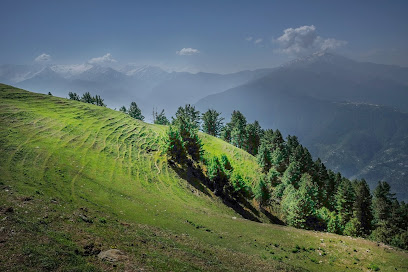
Kunhar Valley View Point, Dana Top
Discover the breathtaking beauty of Kunhar Valley View Point, a serene escape in Khyber Pakhtunkhwa, Pakistan, for nature lovers and adventure seekers.
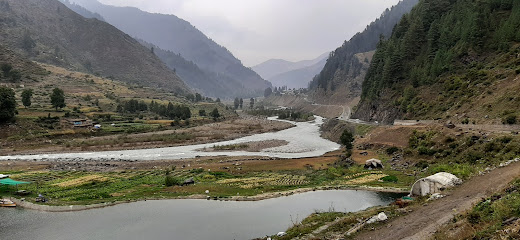
Kunhar Resort
Discover the beauty of nature and comfort at Kunhar Resort, a perfect getaway in Balakot, Khyber Pakhtunkhwa, Pakistan.
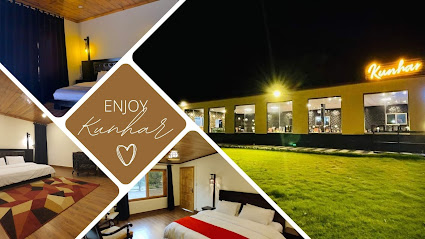
Essential places to dine
Pine View Hotel & Dera Inn Restaurant
Discover delicious Pakistani cuisine at Pine View Hotel & Dera Inn Restaurant, your perfect retreat in scenic Balakot, Khyber Pakhtunkhwa.
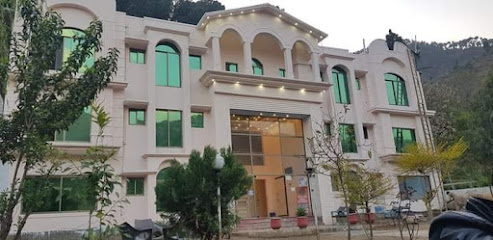
Green Valley
Experience delightful dining amidst stunning landscapes at Green Valley in Khyber Pakhtunkhwa.
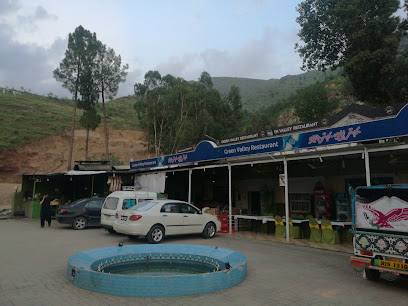
Hotel Mountain Track- Taranna Balakot
Discover exquisite dining and cozy accommodations at Hotel Mountain Track in Balakot, where nature meets comfort.

Malkandi Trout Fish Restaurant
Experience authentic trout dishes in the breathtaking scenery of Balakot at Malkandi Trout Fish Restaurant.
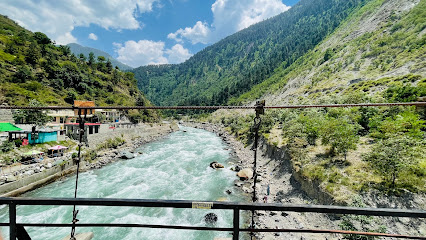
Alnoor restaurant balakot
Discover authentic Pakistani flavors at Alnoor Restaurant in Balakot - where every meal tells a story.
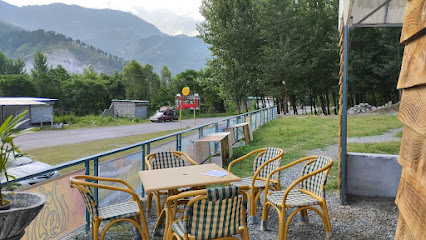
Nima Kabab House
Discover authentic Pakistani flavors at Nima Kabab House in Shinkiari - home of the famous Chapal Kabab!
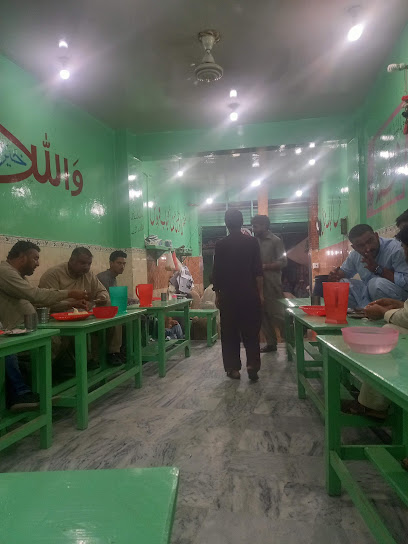
Pine View Aabshar Cafe
Experience authentic Pakistani cuisine amidst stunning landscapes at Pine View Aabshar Cafe in Mansehra.
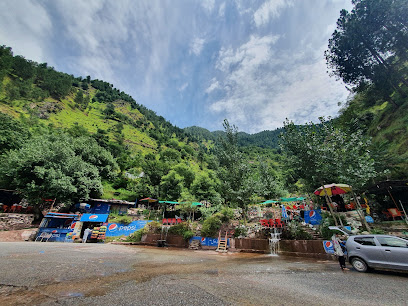
Balakot Chappal Kabab
Experience authentic Pakistani cuisine at Balakot Chappal Kabab - home to mouthwatering kebabs amidst stunning natural beauty.

Lake View Restaurant
Discover culinary delights amidst breathtaking views at Lake View Restaurant in Balakot.
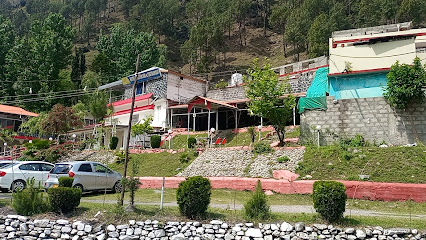
Bahar Madina Hotel
Savor authentic local cuisine at Bahar Madina Hotel while enjoying breathtaking views of Khyber Pakhtunkhwa's stunning landscapes.
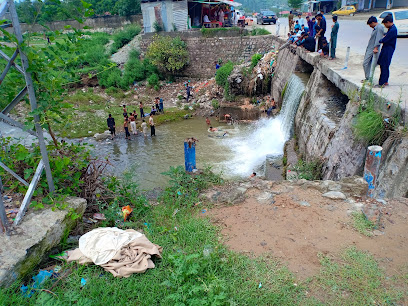
Kunhar Resort
Experience unparalleled beauty and comfort at Kunhar Resort – your ideal retreat in Balakot surrounded by nature's wonders.
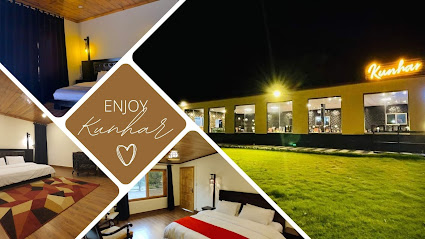
Breeze Inn Hotel & Restaurant Tranna Balakot
Experience comfort and local flavor at Breeze Inn Hotel & Restaurant in Tranna Balakot – your perfect retreat in Khyber Pakhtunkhwa.
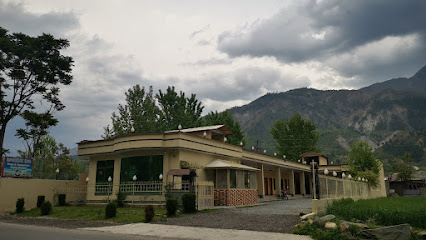
Afaq Hotel & Restaurant
Experience delightful dining and serene stays at Afaq Hotel & Restaurant in Shogran's breathtaking landscapes.
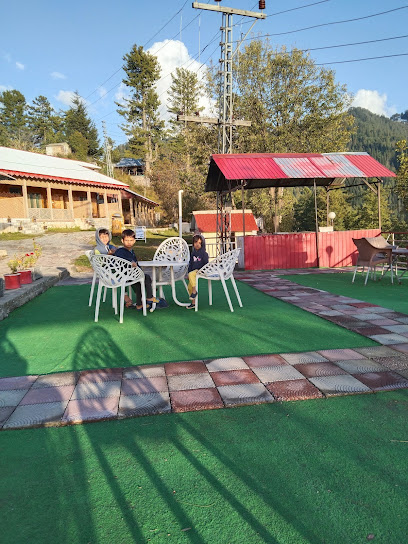
Hidden Resorts Al-Maidah Hotel & Restaurant
Experience unparalleled hospitality at Hidden Resorts Al-Maidah Hotel & Restaurant in Balakot - where comfort meets culinary excellence amidst stunning landscapes.

ABSHAR VIEW HOTEL & RESTURANT
Discover authentic Pakistani flavors with stunning mountain views at Abshar View Hotel & Restaurant in Mansehra.
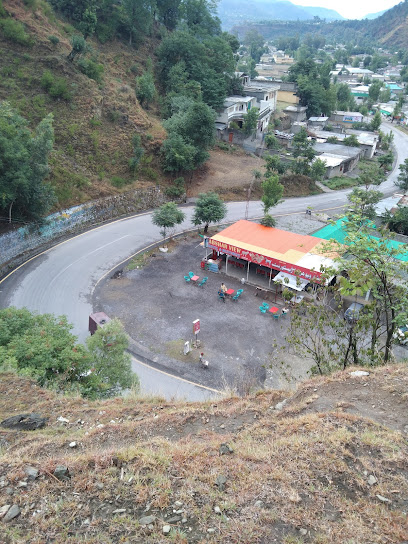
Markets, malls and hidden boutiques
Kaghan Valley
Explore the breathtaking beauty of Kaghan Valley, a serene escape in Khyber Pakhtunkhwa, Pakistan, with stunning lakes and majestic mountains.
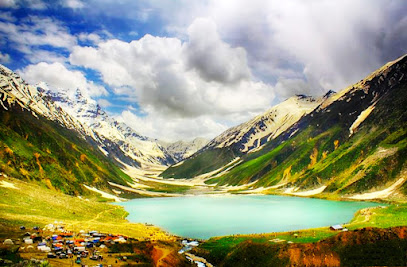
Kaghan General Store Shinkiari Wagon Ada
Explore the vibrant Kaghan General Store in Shinkiari for unique local products and a taste of Khyber Pakhtunkhwa's rich culture.
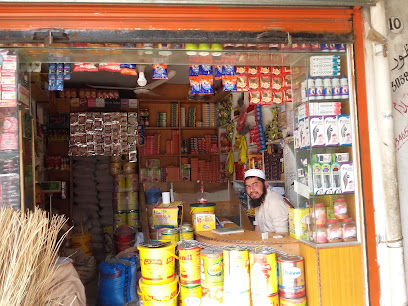
Scanner Home
Explore the charm of Balakot at Scanner Home, a home goods store offering unique local crafts and contemporary decor for every taste.

Ubaid General Store Pori
Discover the essence of Balakot at Ubaid General Store, where local culture meets convenience in a charming shopping experience.
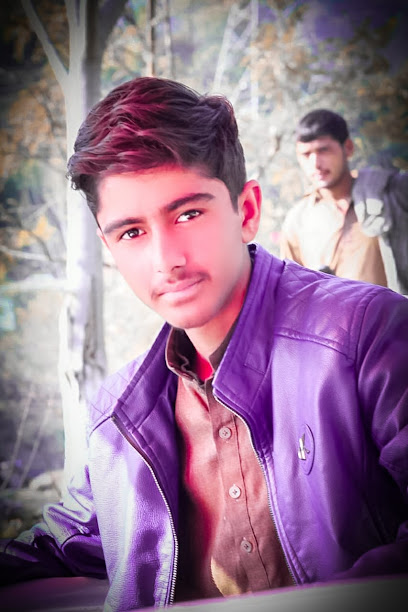
Aftab Plastic
Explore Aftab Plastic in Shinkiari for quality plastic products and a taste of local shopping culture in beautiful Khyber Pakhtunkhwa.
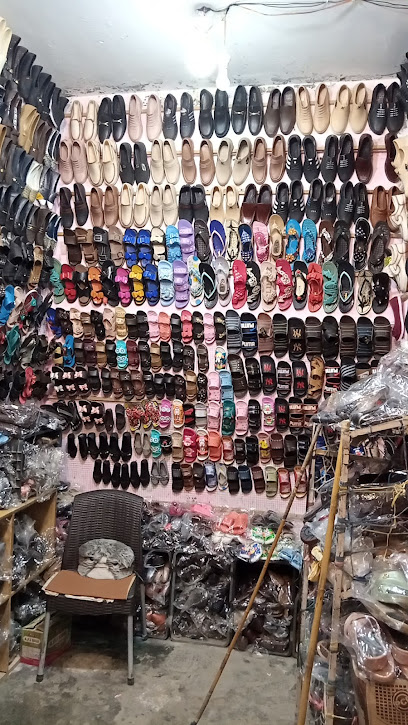
utility store bissian MA 64
Discover convenience and local charm at the utility store in Bisian, your essential stop for snacks and supplies in Khyber Pakhtunkhwa.
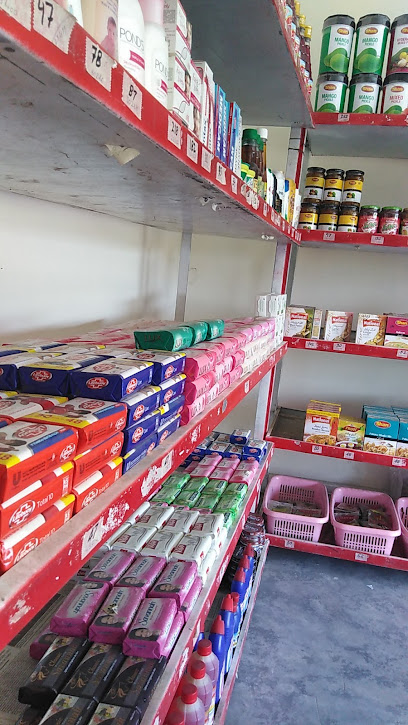
کبیر شاہ کریانہ سٹور
Discover the heart of local shopping at Kabir Shah Kirayana Store in Seri Syedan, where authentic flavors and friendly service await you.
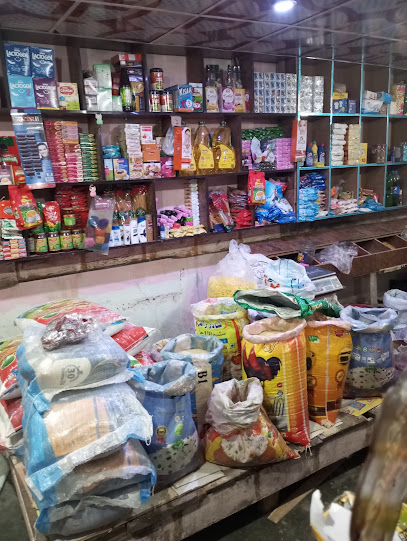
Dollar Store
Explore Dollar Store in Shinkiari, where budget-friendly shopping meets a unique array of local products and treasures.
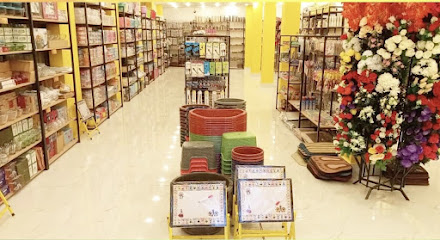
Mumtaz Khan Super General Store
Explore local flavors and authentic products at Mumtaz Khan Super General Store in Khawajgan, Khyber Pakhtunkhwa.

Paizaar The Footwear
Explore quality footwear at Paizaar The Footwear in Shinkiari, your gateway to adventure on the Karakoram Highway.

Al-Rehman Super Store
Experience the heart of Baffa, Pakistan at Al-Rehman Super Store, your go-to destination for local home goods and authentic souvenirs.

JINDO'S Shopping Arcade
Explore JINDO'S Shopping Arcade - a vibrant shopping destination in Garhi Habibullah, blending local culture with modern retail experiences.
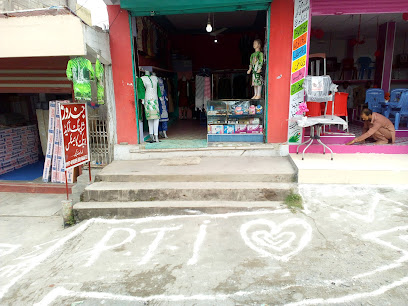
Hafeez General Store
Experience the warmth and authenticity of Hafeez General Store in Dhodial, a true reflection of local culture and community spirit.

MUBSHAR RIAZ SUPER STORE
Discover authentic local flavors and a welcoming atmosphere at Mubshar Riaz Super Store in Mansehra, Khyber Pakhtunkhwa.
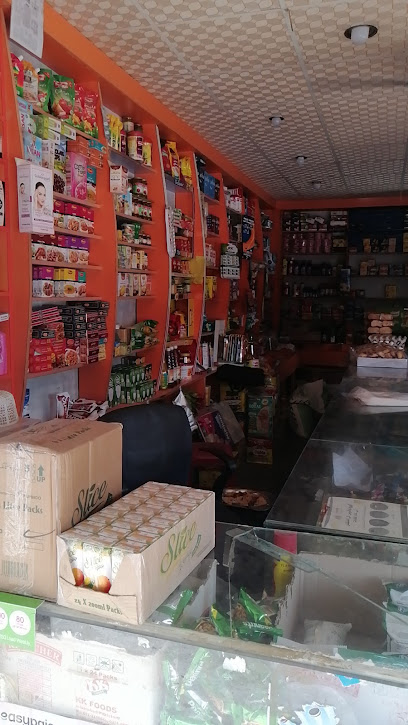
Lucky general store balakot
Explore the Lucky General Store in Balakot for a unique shopping experience filled with local products and cultural treasures.
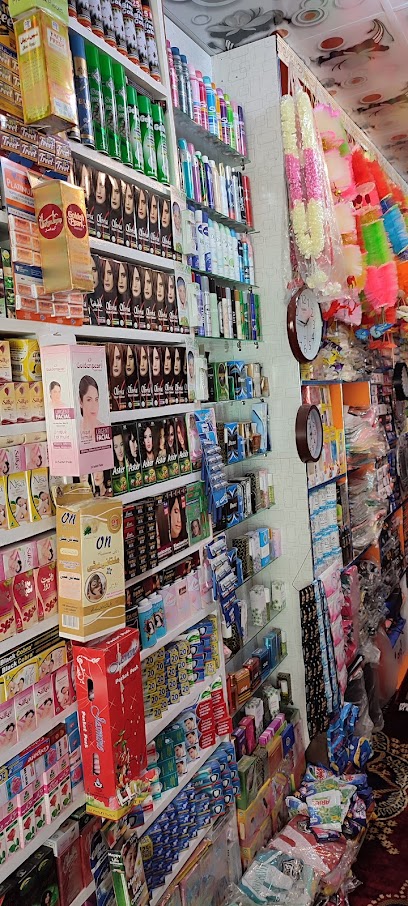
Essential bars & hidden hideouts
Breeze Inn Hotel & Restaurant Tranna Balakot
Discover comfort and authentic Pakistani cuisine at Breeze Inn Hotel & Restaurant in the heart of Balakot, a perfect pitstop for your adventure.
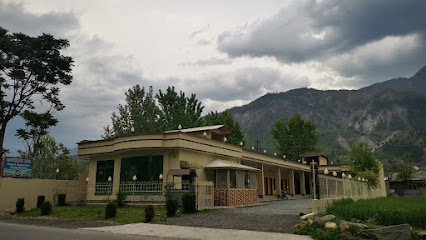
Blue Bell Hotel And Restaurant Balakot
Experience the serenity and culinary delights at Blue Bell Hotel and Restaurant in Balakot, your gateway to nature's beauty.

Bin Ishaq Restaurant
Experience authentic Chinese cuisine at Bin Ishaq Restaurant in Balakot, where scenic beauty meets culinary excellence.
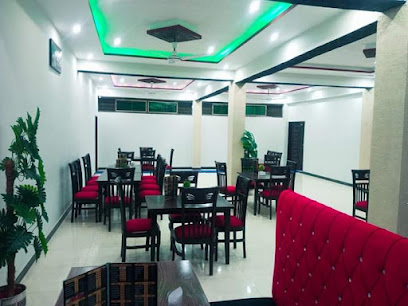
Azan Hotel & Restaurant
Experience the vibrant flavors of Pakistani cuisine at Azan Hotel & Restaurant in Balakot, a culinary gem set against stunning mountain views.
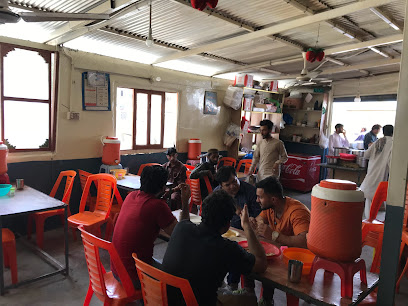
Cool Inn
Discover the culinary delights of Cool Inn, a must-visit restaurant in Shinkiari, Khyber Pakhtunkhwa, offering diverse flavors and a warm atmosphere.
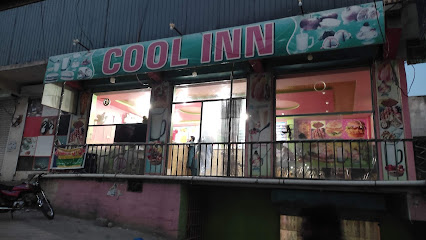
Cool Breeze and Punjab Point
Experience the magical blend of delicious Pakistani cuisine and breathtaking views at Cool Breeze and Punjab Point in the heart of Kaghan Valley.
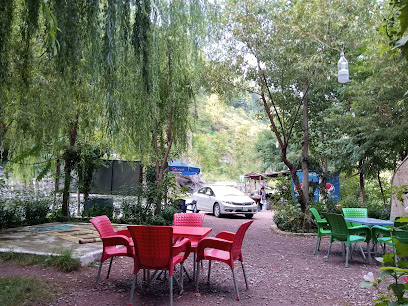
Hotel Serenity & Chinese Restaurant
Experience the perfect blend of comfort and authentic Chinese cuisine at Hotel Serenity in the heart of Balakot, Khyber Pakhtunkhwa.
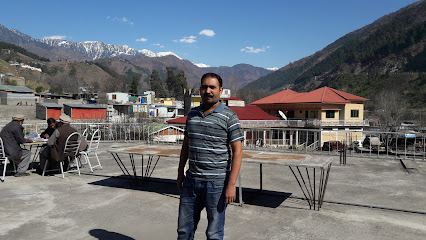
Bangash Resturant
Experience authentic Pakistani cuisine at Bangash Restaurant, a culinary treasure in Balakot, Khyber Pakhtunkhwa.
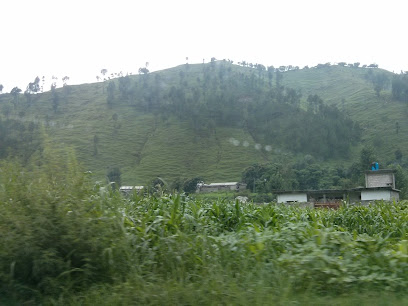
Jaazi Khan Hujra
Immerse in the vibrant atmosphere of Jaazi Khan Hujra, a local bar offering a unique taste of Khyber Pakhtunkhwa's hospitality and flavors.

D-cozy Restaurant
Experience the best of local and international flavors at D-cozy Restaurant, a culinary haven in the scenic landscapes of Mansehra.
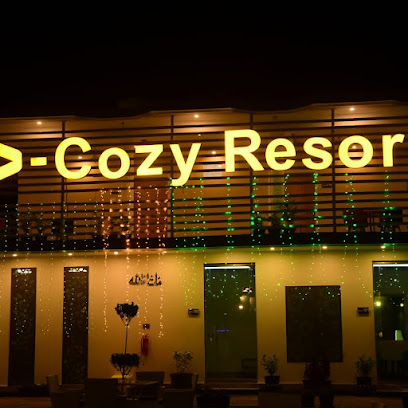
Pine hills Restaurant
Experience the flavors and breathtaking views of Balakot at Pine Hills Restaurant, where every meal is a celebration of local culinary traditions.
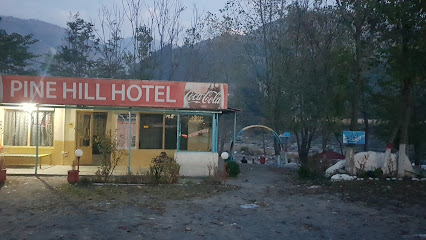
THE COOK & COOK
Discover the flavors of Khyber Pakhtunkhwa at The Cook & Cook, a premier bar and restaurant in Mansehra offering an unforgettable dining experience.
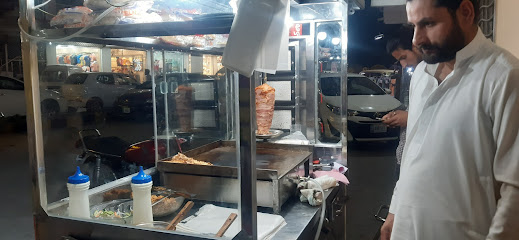
Karachi Dua Restaurant and Chappal House
Experience the authentic taste of Pakistan at Karachi Dua Restaurant and Chappal House, nestled in the scenic surroundings of Balakot, Khyber Pakhtunkhwa.

Anaaj Restaurant
Discover authentic flavors at Anaaj Restaurant in Balakot, where local ingredients meet traditional Pakistani cuisine in a stunning mountain setting.

پانی کا چشمہ
Discover the serene Water Spring of Sunj, a hidden gem in Khyber Pakhtunkhwa, perfect for nature lovers and adventure seekers alike.
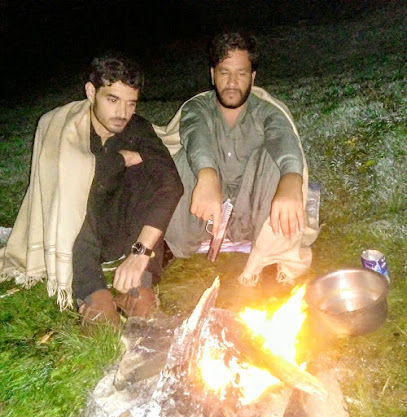
Local Phrases about Kaghan Valley
-
- Helloسلام
[salaam] - Goodbyeخدا حافظ
[khuda hafiz] - Yesہاں
[haan] - Noنہیں
[nahin] - Please/You're welcomeبراہ کرم
[baraah e karam] - Thank youشکریہ
[shukriya] - Excuse me/Sorryمعذرت چاہتا ہوں
[maazrat chahta hoon] - How are you?آپ کیسے ہیں؟
[aap kaise hain?] - Fine. And you?ٹھیک ہوں، آپ؟
[theek hoon, aap?] - Do you speak English?کیا آپ انگریزی بولتے ہیں؟
[kya aap angrezi boltay hain?] - I don't understandمجھے سمجھ نہیں آیا
[mujhe samajh nahi aaya]
- Helloسلام
-
- I'd like to see the menu, pleaseبراہ کرم مینیو دکھائیں
[baraah e karam menu dikhaayen] - I don't eat meatمیں گوشت نہیں کھاتا
[mein gosht nahi khata] - Cheers!خوش رہو!
[khush raho] - I would like to pay, pleaseبراہ کرم میں ادا کروں گا
[baraah e karam mein ada karunga]
- I'd like to see the menu, pleaseبراہ کرم مینیو دکھائیں
-
- Help!مدد!
[madad] - Go away!چلے جاؤ!
[chale jao] - Call the Police!پولیس کو بلاؤ!
[police ko bulao] - Call a doctor!ڈاکٹر کو بلاؤ!
[doctor ko bulao] - I'm lostمیں کھو گیا ہوں
[mein kho gaya hoon] - I'm illمیں بیمار ہوں
[mein beemar hoon]
- Help!مدد!
-
- I'd like to buy...میں خریدنا چاہتا ہوں...
[mein khareedna chahta hoon...] - I'm just lookingمیں صرف دیکھنے آیا ہوں
[mein sirf dekhne aaya hoon] - How much is it?یہ کتنا ہے؟
[ye kitna hai?] - That's too expensiveیہ بہت مہنگا ہے
[ye bohat mehnga hai] - Can you lower the price?کیا آپ قیمت کم کر سکتے ہیں؟
[kya aap qeemat kam kar sakte hain?]
- I'd like to buy...میں خریدنا چاہتا ہوں...
-
- What time is it?وقت کیا ہوا ہے؟
[waqt kya hua hai?] - It's one o'clockایک بجے ہیں
[aik bajay hain] - Half past (10)(دس بجے کے) بیس منٹ بعد
[(das bajay ke) bees minute baad] - Morningصبح
[subah] - Afternoonدوپہر
[dopahar] - Eveningشام
[shaam] - Yesterdayگزرا ہوا کل
[guzra hua kal] - Todayآج
[aaj] - Tomorrowکل
[kal] - 1ایک
[aik] - 2دو
[do] - 3تین
[teen] - 4چار
[chaar] - 5پانچ
[paanch] - 6چھے
[chhe] - 7سات
[saat] - 8آٹھ
[aath] - 9نو
[no] - 10دس
[das]
- What time is it?وقت کیا ہوا ہے؟
-
- Where's a/the...?کہاں ہے...؟
[kahan hai...?] - What's the address?پتہ کیا ہے؟
[pata kya hai?] - Can you show me (on the map)?کیا آپ مجھے دکھا سکتے ہیں (نقشہ پر)؟
[kya aap mujhe dikha sakte hain (naqsha par)?] - When's the next (bus)?اگلی (بس) کب آ رہی ہے؟
[agli (bus) kab aa rahi hai?] - A ticket (to ....)ایک ٹکٹ (.... کے لیے)
[aik ticket (.... ke liye)]
- Where's a/the...?کہاں ہے...؟
History of Kaghan Valley
-
The history of Kaghan Valley can be traced back to ancient times, with archaeological evidence suggesting human habitation dating thousands of years. The early settlers of the valley were primarily nomadic tribes who took advantage of the lush pastures and fertile land. These early inhabitants laid the foundation for the rich cultural tapestry that would develop in the region.
-
The Dardic people, an ancient ethnic group, have significantly influenced the culture and language of Kaghan Valley. This group, known for their unique linguistic and cultural traits, have left a lasting imprint on the valley. The languages spoken by the local population, including Hindko and the now less common Shina, reflect this Dardic heritage.
-
During the 3rd century BCE, Buddhism spread across the region under the influence of Emperor Ashoka's reign. Kaghan Valley became part of the greater Buddhist cultural sphere, with stupas and monasteries established in the region. Though few remnants of these structures remain today, their presence marks a significant chapter in the valley's history.
-
The advent of Islam in the region during the 7th century brought significant changes to the cultural and religious landscape of Kaghan Valley. Pashtun tribes migrated into the area, bringing with them Islamic traditions and practices. This period marked the beginning of the valley's transformation into a predominantly Muslim region.
-
During the 16th and 17th centuries, the Mughal Empire extended its influence into Kaghan Valley. The Mughals appreciated the valley's natural beauty and used it as a retreat. The architectural and cultural influences of the Mughal period can still be seen in local traditions, attire, and cuisine.
-
In the mid-19th century, Kaghan Valley came under British colonial rule as part of the larger Indian subcontinent. The British were attracted to the valley's cool climate and developed it as a summer retreat. Infrastructure such as roads and rest houses were established, some of which continue to serve tourists today.
-
Following Pakistan's independence in 1947, Kaghan Valley experienced significant development. The Pakistani government invested in infrastructure to promote tourism, recognizing the valley's potential as a natural wonder. Roads were improved, and new facilities were established to accommodate the growing number of visitors.
-
Kaghan Valley today is a vibrant blend of its historical influences. The local culture is a mix of ancient traditions and modern practices. Festivals such as Jashn-e-Kaghan celebrate the valley's heritage with traditional music, dance, and cuisine. These cultural events attract tourists and highlight the valley's rich and diverse history.
Kaghan Valley Essentials
-
Kaghan Valley is located in the Mansehra District of Khyber Pakhtunkhwa province in Pakistan. The closest major city with an airport is Islamabad, approximately 235 kilometers away. From Islamabad, you can travel by road to Kaghan Valley. The journey typically takes about 5 to 6 hours by car or bus. Various private car hire services and public transportation options, including buses and vans, are available to take you to the valley.
-
Within Kaghan Valley, local transportation options include taxis, jeeps, and minibuses. Jeeps are particularly useful for navigating the rugged terrain and can be hired for day trips to popular destinations like Lake Saif-ul-Malook and Babusar Pass. Public minibuses and vans connect many of the valley's towns and villages. Walking is also a common way to explore the area, especially for shorter distances.
-
The official currency in Pakistan is the Pakistani Rupee (PKR). Credit cards are accepted in some hotels and larger establishments, but it is advisable to carry cash, especially in smaller towns and rural areas. ATMs are available in major towns like Naran, but it is wise to withdraw sufficient cash before heading deeper into the valley.
-
Kaghan Valley is generally considered a safe destination for tourists, but it is always wise to take standard precautions. Avoid walking alone at night in isolated areas and keep an eye on your belongings in crowded places. While the valley does not have specific high-crime areas targeting tourists, staying vigilant and aware of your surroundings is recommended.
-
In case of emergency, you can dial the local emergency number 1122 for immediate assistance. There are medical facilities and police stations in major towns like Naran. It is highly recommended to have travel insurance that covers medical emergencies. For minor health issues, pharmacies are available in larger towns where you can purchase over-the-counter medications.
-
Fashion: Do dress modestly, especially when visiting religious sites and rural areas. Avoid wearing revealing clothing. Religion: Do respect local customs and traditions. When visiting mosques, always remove your shoes and cover your head. Public Transport: Do be respectful and give up your seat to elderly passengers. Don't eat or drink on public transport. Greetings: Do greet people with a handshake; a smile goes a long way. Eating & Drinking: Do try local delicacies and accept food offerings graciously. Don't refuse hospitality, as it is considered impolite.
-
To experience Kaghan Valley like a local, visit the local markets where you can buy fresh produce and traditional Pakistani goods. Engage with locals, as they are often friendly and willing to share stories about the valley's history and culture. Don't miss visiting local eateries to try traditional dishes like Chapli Kebabs and Trout Fish. For a unique experience, take a guided trek to lesser-known spots like Ansoo Lake.
Nearby Cities to Kaghan Valley
-
Things To Do in Abbottabad
-
Things To Do in Naran
-
Things To Do in Murree
-
Things To Do in Islamabad
-
Things To Do in Rawalpindi
-
Things To Do in Swat
-
Things To Do in Gilgit
-
Things To Do in Peshawar
-
Things To Do in Chitral
-
Things To Do in Skardu
-
Things To Do in Jammu
-
Things To Do in Sialkot
-
Things To Do in Gujranwala
-
Things To Do in Faisalabad
-
Things To Do in Lahore













